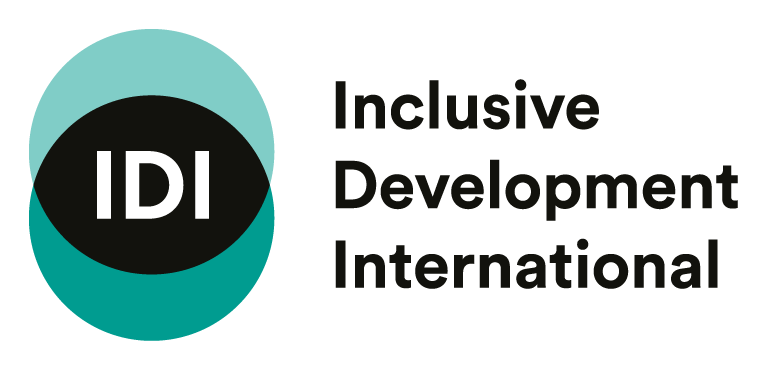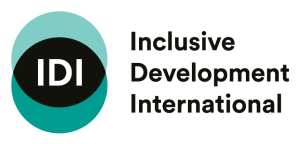
China Global Newsletter | Edition 6: September 2022
A Work in Progress: Regulating Chinese Overseas Investment and Finance
This week, Inclusive Development International launched a new section of our Following the Money to Justice toolkit: How to Hold Chinese Corporations Accountable. The new tool provides a breakdown of the key Chinese stakeholders involved in regulating, financing and implementing overseas projects. It also explains the policies and guidelines that state agencies and industry associations have issued over the last decade seeking to improve project risk management. These policies and guidelines are increasingly detailed and instructive, and have become more useful for advocates when put to use strategically.
This edition of the China Global Newsletter highlights key content from the guide, including an overview of the current landscape and recent developments related to regulation of Chinese overseas investment, finance and contracting — and implications for advocates. It also explores some of the most important areas that require further attention and improvement.
We want your feedback! Please take this brief survey to help us tailor future editions of the China Global Newsletter.
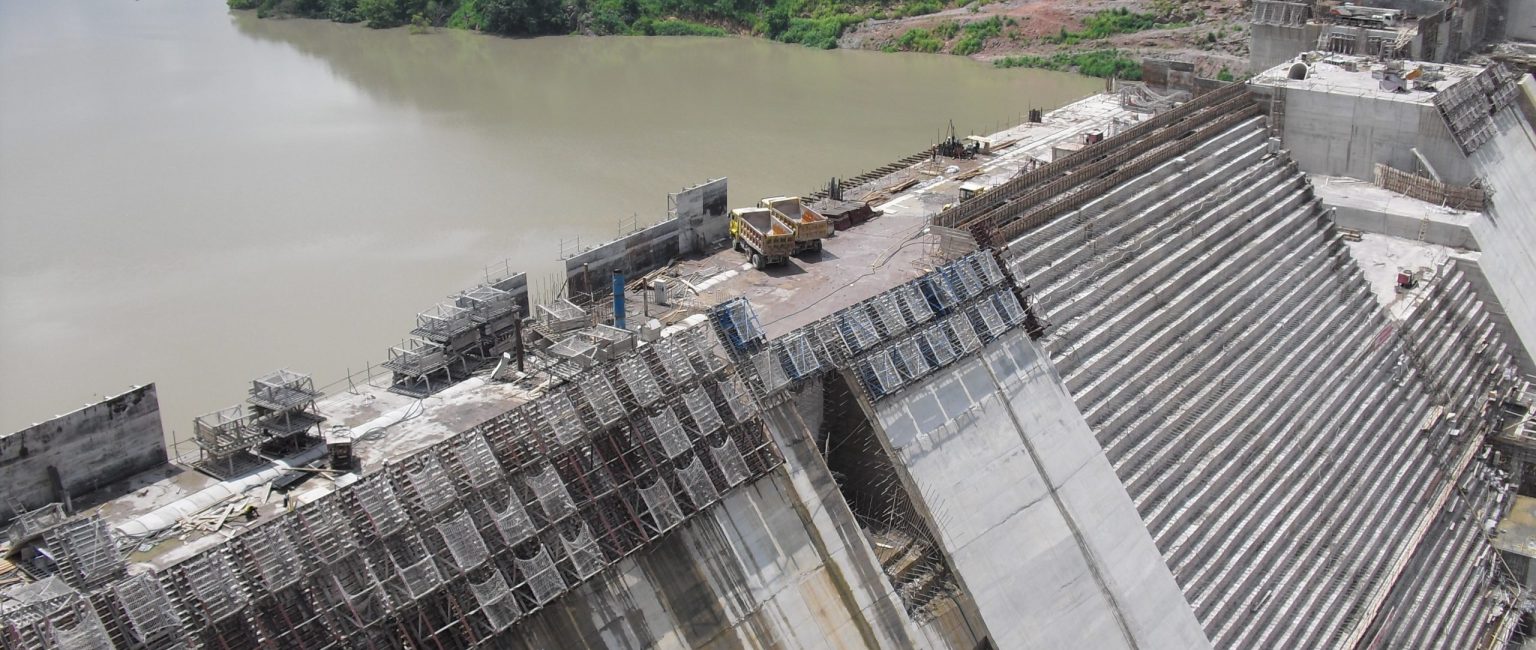
Current landscape of Chinese overseas investment and related regulation
Chinese companies have been active across the world for decades, but after the adoption of the government’s ‘Going Out’ strategy in the early 2000s, the global presence of Chinese firms and capital proliferated. The strategy encouraged companies to invest in overseas construction projects, promote trade and exports, and invest in strategic natural resources. To support this strategy, the Chinese state facilitated the provision of finance, insurance, foreign currency, tax incentives and other services. Over time, private capital also became an important driver of Chinese overseas investment. In 2013, China announced the Belt and Road Initiative, which is now the framework through which China presents much of its global engagement, including in infrastructure connectivity, finance and policy coordination.
Chinese companies play various roles in overseas projects, from research and design to construction and operation. Chinese banks, investment funds and insurers make overseas projects possible by providing loans, foreign currency, insurance and equity investments. Chinese capital flows into many sectors, including energy, transportation, agriculture, manufacturing, real estate, construction and trade. This investment brings with it potential development benefits, but also human rights, social and environmental risks, especially in host countries with weak regulatory systems and institutions.
This rapid investment has supported some important infrastructure and industrial developments in developing countries and has successfully increased China’s integration into global markets and supply chains, but it has also posed significant problems for Chinese firms. The pace of investment coupled with weak due diligence has led to numerous projects that are unpopular with local communities and which have met resistance due to their social and environmental impacts. This in turn has frequently damaged the reputation of Chinese firms, and in some cases led to financial loss.
In response to these issues, Chinese regulators and industry associations have begun developing standards for companies and financiers operating overseas. (A compilation of key documents can be found here.) So far, there are no laws governing overseas projects by Chinese companies, but a regulatory system is gradually developing. Currently, the policies with the greatest administrative weight are mostly departmental rules made by ministries commissioned under the State Council or other agencies with administrative functions directly under the State Council.
These regulations are supported by many normative documents, such as “guiding opinions” or “guidelines” issued by government departments. Many include worthy, but general, principles such as pursuing mutual benefit, complying with local laws and regulations, protecting the rights of employees and the environment, and fulfilling social responsibilities.
Increasingly, there is an emphasis on managing environmental and social risks, and establishing the management systems required to effectively do so. Companies are also now frequently encouraged to refer to international standards and good practice in their overseas activities. (For more on this, see the section of our guide: Development of Chinese Overseas Investment Standards.)
>> back to top
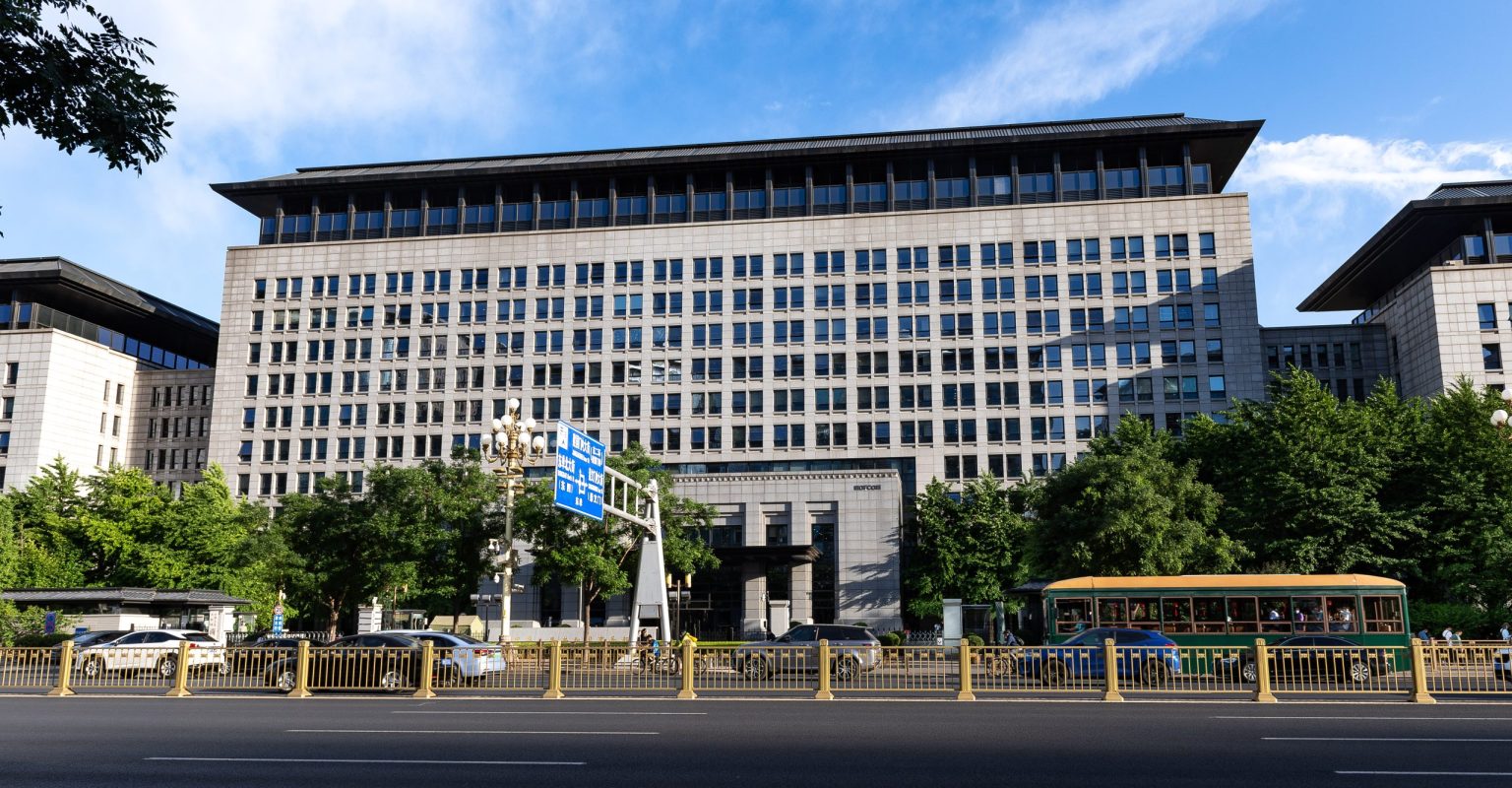
Ministry of Commerce, Beijing (credit: MOFCOM)
Recommended Podcasts
The Belt and Road Podcast
A Systematic Analysis of International Chinese Contractors
Dr. Hong Zhang (Harvard Ash Center for Democratic Governance and Innovation)
The Belt and Road Podcast
The Chinese Insurance Sector and the BRI
Margaret Myers (Inter-American Dialogue)
New guidelines and other recent developments useful to advocates
The volume of policy documents and guidelines issued by various bodies over the past decade indicates a recognition that there is a need to refine the selection and execution of overseas projects. Yet, implementation has remained lax primarily due to the voluntary nature of most of the policies and a lack of enforcement provisions.
Recently issued policies, however, have started to shift focus from broad principles to an emphasis on systems and processes for risk management, which could create a firmer foundation for improved performance. They also put more emphasis on implementation and include measures for monitoring.
In July 2021, China’s Ministry of Commerce and Ministry of Ecology and Environment issued the Green Development Guidelines for Overseas Investment and Cooperation, calling on companies to integrate “green development” throughout the various stages of the overseas investment process, properly manage environmental risks, and promote a green transition. The guidelines state that when host country standards are inadequate, companies are encouraged to follow international or, when higher, Chinese standards. This is increasingly becoming the norm in such policy documents.
Although the Green Development Guidelines are framed in terms of relatively high-level principles, they were followed in early 2022 by another more thorough document: Guidelines for Ecological and Environmental Protection in Foreign Investment Cooperation and Construction Projects. These guidelines are the most detailed issued to date by Chinese state agencies specifically covering the environmental and social aspects of overseas projects. They provide guidance on risk management throughout the full project lifecycle from planning, to construction, to operation and decommissioning, and include specific provisions for high-risk sectors such as energy, transport and mining. The guidelines state that companies should conduct biodiversity assessments, emphasize the need for due diligence and environmental impact assessments, and instruct enterprises to enhance communication with local people and listen to their opinions and suggestions. (For more on this, see the section of our guide: Policies and Guidelines with Social and Environmental Requirements.)
These guidelines are potentially significant as they were co-issued by China’s Ministry of Commerce, which is the leading agency responsible for approving, recording, and monitoring overseas projects.
Another key stakeholder in guiding overseas investment and approving certain projects is the National Development and Reform Commission (NDRC), China’s state planning agency. In March 2022, along with three other ministries, the commission issued its Opinions on Jointly Promoting Green Development of the Belt and Road. These opinions build on high level statements and guidance documents that have emerged from China in recent years regarding building the “Green Belt and Road” and ensuring high quality development under the Belt and Road Initiative.
Importantly, the opinions make reference to the United Nations Framework Convention on Climate Change (UNFCCC) and the Paris Agreement, stating that China will facilitate their full implementation. In more concrete terms, this opinion for the first time elaborated to some degree on how Xi Jinping’s 2021 pledge to end building overseas coal plants will be applied.
In addition to guiding businesses to strictly comply with local law and regulations, the opinions also encourage them to carry out environmental protection efforts with reference to international rules and standards, or higher Chinese standards. (For more on this, see the section of our guide: The Belt and Road Initiative.)
In June 2022, the China Banking and Insurance Regulatory Commission issued its Green Finance Guidelines for the Banking and Insurance Industry, which have implications for projects both inside and outside China. This comes a decade after the regulator issued its first green credit guideline, which established the concept and instructed Chinese banks to improve due diligence, client compliance review, and project assessment with respect to environmental and social issues. The new guidelines build on this foundation and have a stronger focus on the requirement for banks and insurers to establish the systems needed for implementing green finance.
The Green Finance Guidelines also adopt a more comprehensive view of environmental, social and governance (ESG) risks. In addition to instructing banks and insurers to effectively identify, monitor, prevent and control ESG risks in their business activities, they extend this due diligence requirement beyond clients to include primary contractors and suppliers. The guidelines call on banks and insurers to designate dedicated staff for green finance work, exercise enhanced oversight of high-risk projects, and include remedy, suspension, and termination clauses in contracts, in case project risks are not properly addressed. Importantly, the guidelines call for banks to establish grievance mechanisms to manage their clients’ environmental, social and corporate governance risks. (For more on this, see the section of our guide: The Financial Sector.)
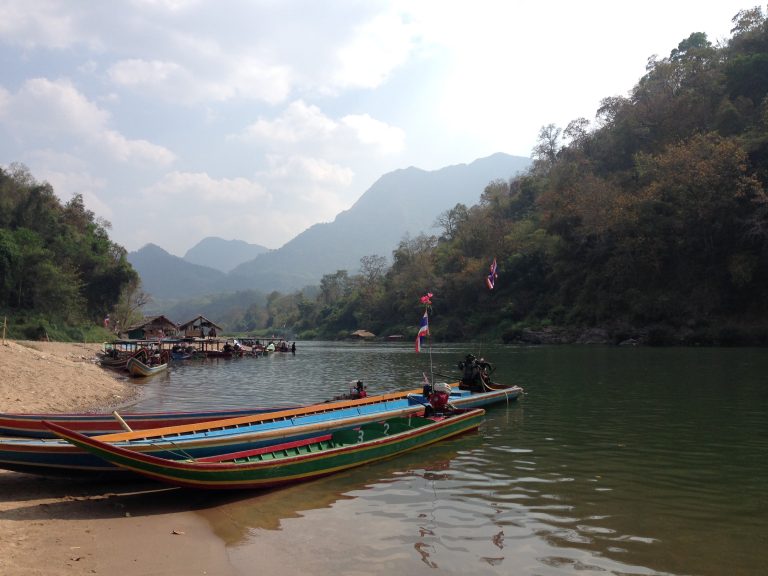
The Salween River, Myanmar (credit: International Rivers)
To date, the strongest policies related to overseas investment concern pre-investment approval, with several documents from the NDRC and the Ministry of Commerce setting out the types of project that are encouraged, limited, and prohibited, and criteria for identifying which type of projects require pre-approval from regulators. (For more on this, see the section of our guide: Approval and Monitoring of Chinese Overseas Investment.)
However, in recent years, more attention has been placed on post-investment monitoring. For example, under a Ministry of Commerce notice from 2021, Chinese companies involved in overseas contracting are required to report to the ministry within 24 hours if emergencies or other significant incidents occur. This includes accidents, environmental incidents or penalties, protests or clashes, foreign media reports on issues related to the company, or major public criticism. Supervising authorities have the power to conduct regular follow-up inspections of randomly selected companies or targeted investigations of companies that have been linked to significant impacts. Failure to meet reporting requirements can result in a company’s non-compliance being recorded in the corporate credit system, as can other conduct, including violations of local laws and regulations of host countries and violations of workers’ rights. (For more on this, see the section of our guide: International Contracting.)
In addition to monitoring by state actors, industry monitoring and assessment is also playing a bigger role in the regulation of Chinese overseas investment. Since 2014, Chinese banks have been required to report to the banking regulator on their green credit performance, and in 2018, the China Banking Association began piloting a “green bank evaluation” system. The results of both systems feed into the banking regulator’s monitoring and rating of banks.
The industry association China International Contractors Association (CHINCA) has for the past few years also been developing systems for monitoring its more than 1,300 members.
Although it does not have regulatory powers, CHINCA plays an important role in certifying, ranking, and recommending Chinese companies. These recommendations increase the chances that a company will be selected for overseas project contracts. If members are involved in incidents such as safety lapses resulting in accidents, or failures to abide by local law or regulations, CHINCA may issue public warnings, reduce their credit ratings, or stop recommending the company for overseas projects. A reduced ranking or withdrawal of recommendation can jeopardize a company’s access to contracts for projects backed by the Chinese government or funded by Chinese financial institutions.
Other industry groups, such as the Chamber of Commerce of Metals, Minerals & Chemicals Importers & Exporters (CCCMC), have issued guidelines on mining, mineral supply chains and natural rubber. These documents are less influential than government guidelines, as they are not issued by state institutions, but they usually include more detailed standards than government policies. The 2022 NDRC opinion mentioned earlier states that industry associations and chambers of commerce will be guided to establish “codes of conduct” for environmental performance in overseas investments. The 2021 Green Development Guidelines by the Ministry of Commerce and Ministry of Ecology and Environment also contain similar plans. These developments suggest an increasing role for self-regulation by such bodies in strengthening the overall governance of Chinese overseas investment.
>> back to top
Where are the gaps?
Civil society responses to the publication of new policies and guidelines have been mixed. Many have welcomed the shift in rhetoric and increased attention to environmental and social risk management. However, the impact these developments are having in real terms remains an open question. For most groups, especially those working directly with communities impacted by investment and development projects, actions will speak louder than words.
While new policies and guidelines increasingly encourage companies and banks to follow international best practice, on the ground it is still common for Chinese companies to deflect criticism by arguing that they are acting in compliance with local laws, and in particular that they have received the necessary project permits and approvals. But in countries and regions where governance is weak, such permits are often granted inappropriately. It is not unusual for projects that are prioritized by host governments or powerful elites — whatever the reason — to be approved in principle, with subsequent licensing and approval by ministerial agencies often resembling a box-ticking exercise.
Binding and enforceable policies from China that incorporate punitive repercussions for investors and contractors for non-compliance could fill important gaps and ensure that Chinese stakeholders remain accountable when local systems are lacking.
There has been a noticeable shift toward post-approval monitoring of overseas projects, as well as enhanced self-reporting requirements for companies and banks. However, monitoring occurs behind closed doors, and when companies are penalized for their conduct in overseas projects, it is rarely publicized. Increasing transparency in how controversies and complaints are handled would be an important and necessary step toward enhancing the effectiveness and credibility of standards more broadly.
Communities that have been impacted by projects, and the civil society groups supporting them, often encounter difficulties obtaining project information, engaging developers and financiers, and raising concerns about feared or actual harms. For several years, civil society groups have sought to engage with Chinese companies, banks and regulators with mixed results. In most cases, letters, emails and faxes receive no response. In a handful of publicized cases, Chinese embassies and banks have been open to some level of engagement, but this is not the norm.
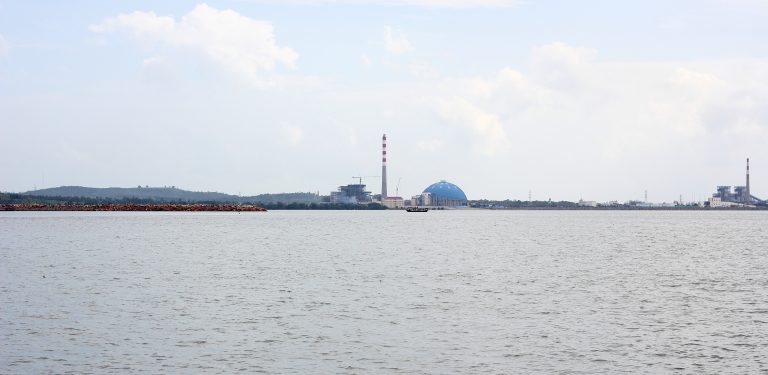
Coastal coal plants in Cambodia (credit: Dmitry Makeev)
The policy push for banks and insurers to establish management systems and departments and appoint dedicated staff for green finance work is a positive step, and similar moves should be made at state-owned companies. However, these systems must produce results on the ground and not merely sustainability reports about the scale of their “green” projects. To be effective, the establishment of environmental and social management systems at companies, banks and insurers must lead to greater disclosure of project information and create communication channels to engage with communities and civil society about project risks, impacts and local concerns.
Recent guidelines from the ministries of commerce and environment, as well as the banking and insurance regulator, push for project-wide risk management systems covering a range of risks. However, these documents tend to focus on the environmental risks of projects, and fail to give the social risks, and in particular the risks to local communities, the attention they need. Complex issues such as land acquisition, resettlement, livelihood restoration and respect for the rights of indigenous peoples receive limited attention, despite being among the most serious risks connected to investment projects and the ones most likely to cause local resentment and hostility toward company operations. A more comprehensive approach to risk assessment is needed.
The call from the China Banking and Insurance Regulatory Commission for Chinese banks to establish grievance mechanisms has the potential to be a game changer. However, this potential will be realized only if banks create mechanisms that have the resources and systems required to properly address complaints in a fair, robust, consistent and transparent manner. These mechanisms should align with best practice standards established by other international banks through years of trial and error in this area, including the effectiveness criteria of the UN Guiding Principles on Business and Human Rights. Finally, banks will only implement effective social and environmental risk management systems if there are consequences for non-compliance, and as these frameworks continue to evolve, binding requirements will be necessary.
>> back to top
Our new guide to following the money in Chinese investments and holding Chinese corporations accountable

Inclusive Development International’s new guide, How to Hold Chinese Corporations Accountable, provides context on the evolving role of Chinese investment and finance in the world, and breaks down the roles of various stakeholders and the standards they are expected or encouraged to follow. Read in conjunction with the Following the Money to Justice toolkit, the comprehensive guide shows users how to conduct their own investment chain analysis of projects and identify the key companies, banks, regulators and other actors involved. The guide can be used by civil society groups to identify key pressure points that may create space for engagement or advocacy, and to determine which specific Chinese policies and guidelines they can refer to in their documentation and communications with Chinese entities.
As discussed above, while there have been important developments in the regulatory and guiding frameworks for overseas Chinese projects, there is still a long way to go. The lack of enforcement mechanisms and limited transparency in monitoring by regulators means these documents alone cannot be used to advocate for holding stakeholders accountable. But the standards are still valuable. Their development and adoption indicates that there is some level of commitment within the Chinese state and industry associations to improve the quality of overseas projects and the image of Chinese investors. Importantly, the increased focus on environmental and social management systems and project monitoring could create useful hooks for those seeking to engage Chinese stakeholders.
The existence of these policies and guidelines can provide advocates with a better sense of what issues are priorities to the Chinese state and industry bodies, the kind of language they use, and what expectations they have of Chinese companies and banks when they are involved in overseas projects. For communities and civil society actors, referring to these documents strategically in engagement with Chinese stakeholders could help to strengthen messaging and provide additional legitimacy when reporting non-compliance and grievances to Chinese authorities. Ultimately, this will help strengthen advocacy for improved environmental and social performance of Chinese corporations in global projects.
>> back to top

Further reading
Danqing Li, Siman Li & Mark Bo (2022), China’s Overseas Energy Investments after the ‘No Coal’ Pledge: An Assessment, Global China Pulse, Volume 1, Issue 1
Mark Bo & Neil Loughlin (2022), Overlapping Agendas on the Belt and Road: The Case of the Sihanoukville Special Economic Zone, Global China Pulse, Volume 1, Issue 1
Jiang Yifan (2022), Chinese Standard Tries to Kickstart a Sustainable Rubber Revolution, China Dialogue
Christoph Nedopil Wang (2022), Interpretation of the 2022 “Guidelines for Ecological Environmental Protection of Foreign Investment Cooperation and Construction Projects”, Green Finance & Development Center
You can read previous editions of our China Global Newsletters here.
If you haven’t already, you can also subscribe below to receive an email alert when our next newsletter is published.
This newsletter was made possible by the generous support of Oxfam Hong Kong.
The contents do not necessarily reflect the position of Oxfam Hong Kong.
